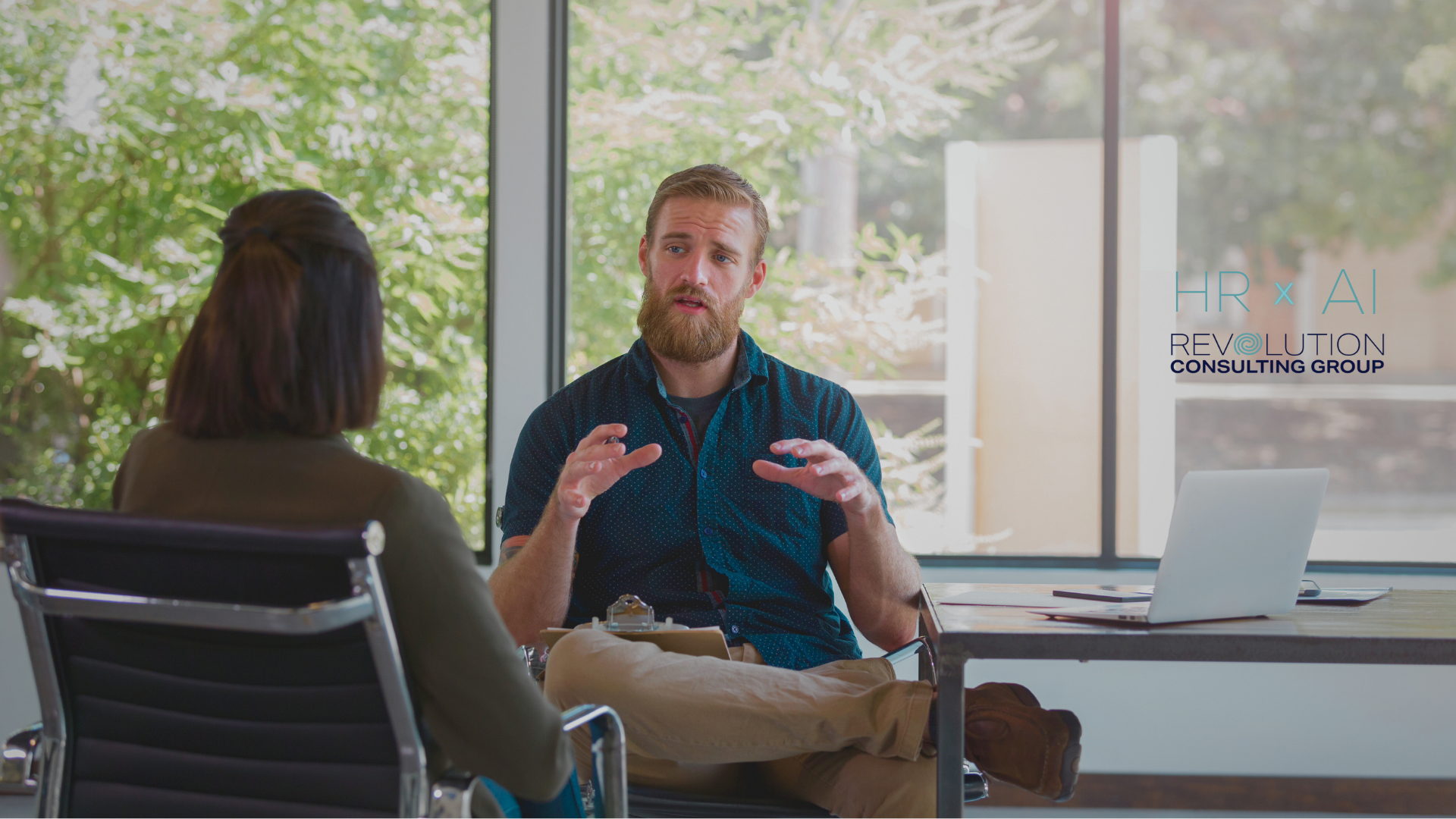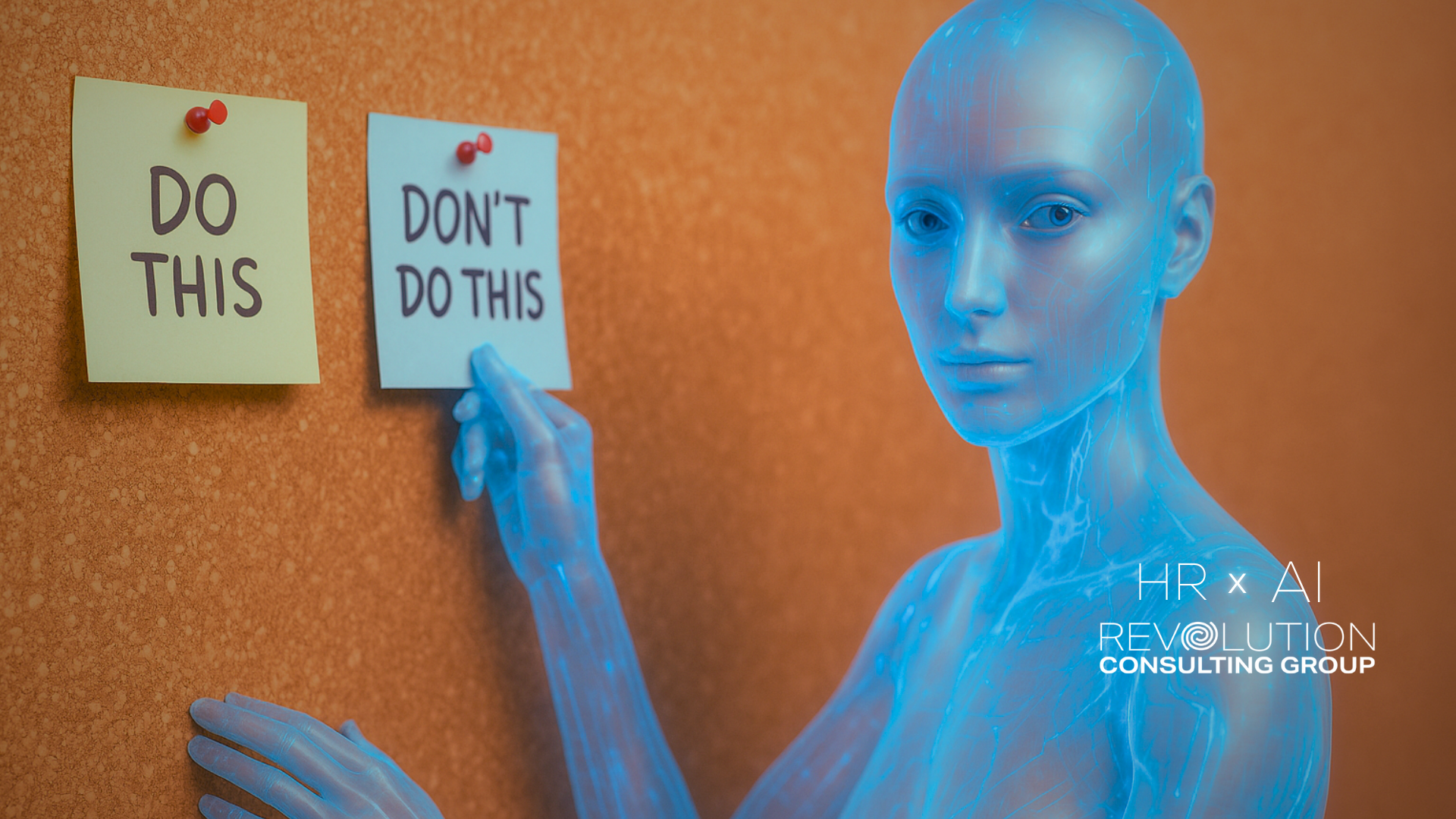The Positive Duty: Why SMEs Can’t Afford to Ignore New Guidelines on Sexual Harassment Prevention
Introduction
The concept of a Positive Duty isn’t just another HR buzzword—it’s a legal mandate that could cost businesses big if not taken seriously. For small and medium businesses (SMEs), this is a game-changer. The Australian Human Rights Commission (AHRC) has made it crystal clear: prevention of sexual harassment is now your legal responsibility—and there’s nowhere to hide.
The Positive Duty requires employers, regardless of size, to actively identify and eliminate risks of sexual harassment and discrimination. It’s no longer enough to respond to complaints; businesses must demonstrate they’re taking every possible step to prevent unlawful behaviour from happening in the first place.
But what does this actually mean for SMEs? And how do you ensure you’re compliant?
What is Positive Duty?
Introduced in December 2022, the Positive Duty makes all businesses and Persons Conducting a Business or Undertaking (PCBUs) responsible for eliminating sexual harassment and discrimination at the source. Unlike traditional approaches that focus on responding to incidents after they occur, this duty requires proactive risk management.
As of December 2023, the AHRC has been granted enforcement powers, allowing them to investigate businesses that fail to meet their obligations. For SMEs, this means you must ensure every reasonable and proportionate measure is in place to prevent unlawful conduct—or face the legal and financial consequences.
The 7 Standards of Positive Duty: What You Need to Do
To help businesses navigate this new landscape, the AHRC has released guidelines based on seven key standards. These aren’t just suggestions; they form an ‘end-to-end’ framework for creating a safe and inclusive workplace. Here’s what you need to know:
- Leadership: It Starts at the Top:
Senior leaders must understand their obligations under the Positive Duty and be the drivers of change. This includes setting clear standards for behaviour and ensuring measures are in place, regularly updated, and communicated across the organisation.
💡 Takeaway for SMEs: Leadership isn’t about delegation— it’s about ownership. If your leaders aren’t engaged in fostering a safe and inclusive workplace, you’re already behind. -
Culture: More Than a Buzzword:
Building a culture of respect and inclusivity isn’t optional. Employees should feel safe and empowered to report unlawful behaviour without fear of retaliation.
💡 Takeaway for SMEs: Promote a speak-up culture where staff are encouraged to report concerns. A strong culture can stop problems before they escalate into legal issues. - Knowledge: Train, Train, and Then Train Again:
All employees need ongoing education about what constitutes harassment and discrimination, and what their rights and responsibilities are.
💡 Takeaway for SMEs: Training is essential, but it must be meaningful. Tick-the-box sessions won’t cut it anymore—your employees need to be engaged and informed. - Risk Management: Treat Harassment Like a WHS Risk:
Just as you manage physical hazards, you now need to manage psychosocial risks, including sexual harassment. This means conducting regular assessments and putting practical measures in place to prevent incidents.
💡 Takeaway for SMEs: Review your workplace regularly and consult with staff to identify risks. Prevention is cheaper than litigation, and it’s the law. - Support: Make Help Accessible:
Workers who experience or witness unlawful behaviour must be supported, whether they report it or not. This includes having easily accessible resources and offering help without requiring a formal complaint.
💡 Takeaway for SMEs: Build an environment where employees feel safe asking for help. Offering support before things escalate is key to compliance and employee wellbeing. - Reporting and Response: Consistency is Key:
Employers must provide clear, simple ways to report unlawful behaviour and respond promptly. A consistent and transparent process helps reduce harm to victims and ensures the business stays compliant.
💡 Takeaway for SMEs: Make reporting easy and ensure every complaint is taken seriously. Consistent handling of cases builds trust and reduces the risk of further issues. - Monitoring, Evaluation & Transparency: Measure, Adjust, Repeat: Data on workplace behaviour is crucial. By monitoring incidents and responses, businesses can adjust their strategies and improve their culture over time.
💡 Takeaway for SMEs: Transparency is vital. Regularly review your practices and share your progress with employees. Show them you’re committed to creating a safe workplace.
What Happens if You Don’t Comply?
Failure to meet these guidelines can lead to investigations by the AHRC and potential legal action. The AHRC now has the power to investigate businesses suspected of non-compliance, even without a formal complaint. For SMEs, this can be devastating—not only financially but reputationally.
The bottom line: ignoring the Positive Duty is not an option. As an SME, you need to be proactive in managing risks, supporting employees, and creating a culture that doesn’t just prevent harassment—it promotes respect, equality, and safety.
Immediate Steps to Get Compliant
If you’re feeling overwhelmed by the new guidelines, you’re not alone. But getting compliant doesn’t have to be a mammoth task. Start with these simple steps:
- Engage Leadership: Make sure your senior team is informed and involved. Compliance starts from the top.
- Consult with Workers: Open up a dialogue with your employees about risks and safety in the workplace. Use this as an opportunity to promote a speak-up culture.
- Conduct Risk Assessments: Treat harassment like any other work health and safety risk. Identify where incidents are most likely to happen and put plans in place to mitigate them.
- Review Policies: Take a hard look at your sexual harassment and discrimination policies. Are they easy to understand? Are they accessible? Do they work in practice?
- Training: Ensure your training programs are effective, engaging, and regular. One-off tick-the-box sessions won’t protect you in the long run.
- Evaluate and Adjust: Don’t set and forget. Continuously monitor your workplace culture, employee feedback, and incident reports to ensure you’re always improving.
Final Thoughts
SMEs can’t afford to ignore the Positive Duty. This is about more than just ticking a compliance box—it’s about creating a better, safer workplace for everyone. By following these steps, you not only protect your business from legal risks, but you also foster a culture of trust, respect, and equality that will benefit your business in the long run.
If you're unsure where to start or want to ensure you're on the right track, let's connect. My team and I can help you navigate these changes and build a compliance strategy that works for your business.
Need more help?
If you're unsure where to start or want to ensure you're on the right track, reach out to us to explore how our tailored people solutions can help you navigate these changes and build a compliance strategy that works for your business.
- Click here to book a FREE 15 minute consultation to discuss your HR/WHS challenges.
- Click here to book a Business Health Check to review your policies, procedures and frameworks.
- Click here to join our mailing list to get more tips, advice and updates on all things HR, WHS and Leadership.







READY TO GET THINGS DONE?
Revolution Consulting Group is your Dedicated HR Partner




